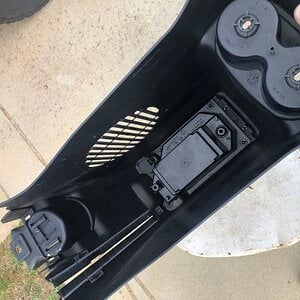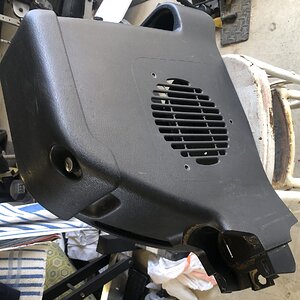Bigjppop
Junior Member
So I'm just getting back into car audio after a 15 year absence and trying to get started on designing a system for my car. One thing that never occurred to me in the past was the importance of the install. I've read over and over on these forums about how much of an impact the install has on performance but I havent been able to find any good bullet points for what constitutes a proper install.
Anyone care to throw up some specifics of what they mean by a good install? Great info for those that are wanting to go after it themselves and those that are having a pro do it so they know what to ask for/ know if they are getting ripped off.
Thanks in advance!
Anyone care to throw up some specifics of what they mean by a good install? Great info for those that are wanting to go after it themselves and those that are having a pro do it so they know what to ask for/ know if they are getting ripped off.
Thanks in advance!


